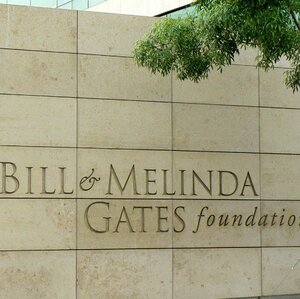Study finds payout rates falling, calls for requiring higher rate

The median payout rate for private non-operating foundations remains largely unchanged at just over 5 percent, an analysis by Inequality.org, a project of the Institute for Policy Studies (IPS), finds.
A review of foundation tax filings recently released by the Internal Revenue Service (IRS) indicates that the median payout rate for all foundations declined between 2015 and 2021—from 5.6 percent to 5.2 percent. The rate for foundations with assets of at least $1 billion trended even lower—from 5.1 percent in 2015 to only 4.6 percent in 2021. With total foundation assets topping $1.1 trillion in 2022, the decline in the payout rate across the sector suggests that billions of potential grant dollars annually remain undeployed.
The author argues that the IRS-mandated 5 percent minimum payout—broadly calculated as a rolling average of grants and administrative expenses across several years—should not be common practice, advocating for the sector to embrace a higher payout rate of 10 percent. That new floor would make the Bill & Melinda Gates Foundation, excluded from the study because of its atypically high annual payout rate, less of an outlier. Moreover, the analysis points to a 2022 poll that found that 69 percent of adults surveyed would support a 10 percent payout requirement.
“We’ve long called on the government to boost charitable payout requirements to meet the severity of inequality in the United States,” wrote Helen Flannery, an associate fellow at IPS, in a blog post. “Foundations can do better than this. Over the past few decades, the assets of private foundations have been piling up quickly [with] money for which donors have already received tax deductions, but which is not making its way out to working charities.”
(Photo credit: Getty Images/ Kativ)








